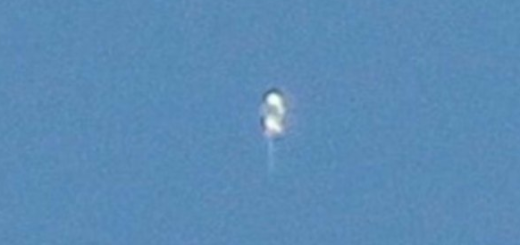Ancient Text Reveals Sighting Of SN 1006 – Brightest Supernova Ever Observed

Scientists who examined a certain ancient text have discovered evidence of the brightest supernova ever observed – the Ibn Sina’s sighting of supernova 1006.
Ibn Sina (980-1037 A.D) was a Persian scientist and philosopher who was also very interested in medicine and astronomy. During his life, he traveled a lot and wrote down what he witnessed in the skies. One of his sightings is of particular interests. Ibn Sina witnesses bright object appearing in the sky in the year 1006.
A group of German researchers studied one of Ibn Sina’s ancient texts called Kitab al-Shifa, about physics, meteorology, and especially astronomy. Kitab al-Shifa contains the observation of this very bright object seen in the skies. The section had been studied before, but the account had been attributed to a discussion of a comet. In this latest look, the researchers suggest that the description was actually that of SN 1006. The section had been studied before, but the account had been attributed to a discussion of a comet.
See also:
Ancient Papyrus Reveals Millennia Old Astronomical Secret: The ‘Demon Star’ Algol Does Exist
Elusive Planet Mercury As Seen Through The Eyes Of Ancient Astronomers
Astronomically Aligned Temples And Pyramids Of Ancient World
In this latest look, the researchers suggest that the description was actually that of SN 1006. In addition to the timing, the detailed description, they note, sounds more like the sudden appearance of an exploding star. In their translation, Sina describes an object that was very bright and that changed color over time before fading away—even noting at one point that the object threw out sparks.
Ibn Sina was by no means the only person to have witnessed this bright supernova. SN 1006 was noted and described by others around the world, from places as far-flung as Morocco, Japan, Yemen and China, but none of those descriptions included information about the object changing colors. Sina wrote that the object started out as faint greenish-yellow, that it twinkled a lot, especially at its brightest, and that it became whitish before it disappeared altogether.
Most modern astronomers believe that SN 1006 was not just a Ia supernova (which occur when a white dwarf is pulled into another star causing it to blow up due to the overabundance of matter), but that it was the result of two white dwarfs colliding. This new information from an ancient part-time astronomer, the researchers suggest, may help to better understand an event that occurred over a thousand years ago.



 Creators of mankind
Creators of mankind Description of “Tall white aliens”
Description of “Tall white aliens” Where they came from?
Where they came from? About hostile civilizations
About hostile civilizations The war for the Earth
The war for the Earth “Tall white aliens” about eternal life
“Tall white aliens” about eternal life Video: “Nordic aliens”
Video: “Nordic aliens” Aliens
Aliens Alien encounters
Alien encounters The aliens base
The aliens base UFO
UFO Technology UFO
Technology UFO Underground civilization
Underground civilization Ancient alien artifacts
Ancient alien artifacts Military and UFO
Military and UFO Mysteries and hypotheses
Mysteries and hypotheses Scientific facts
Scientific facts


















